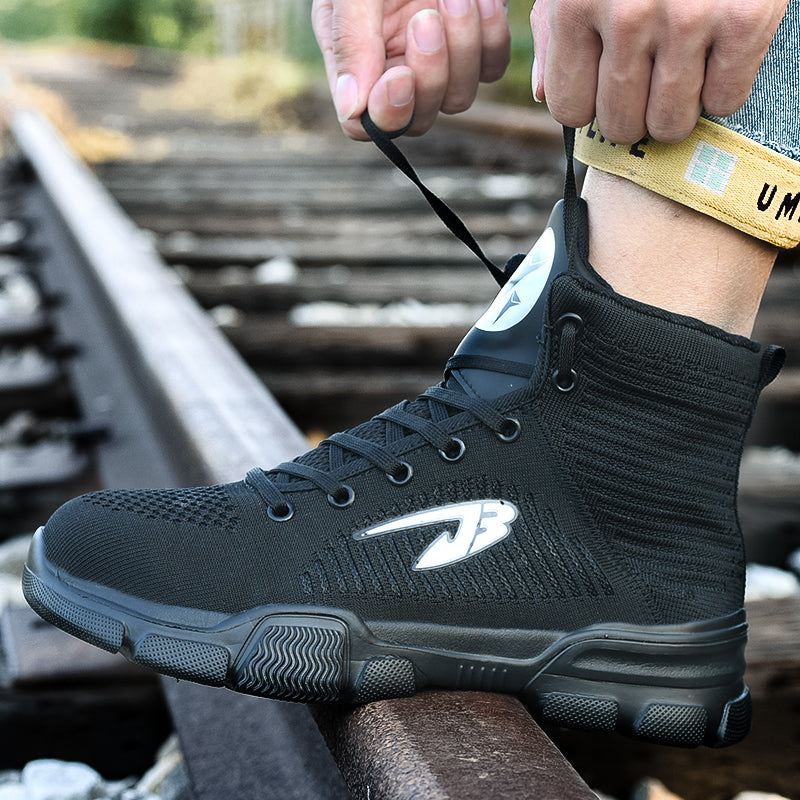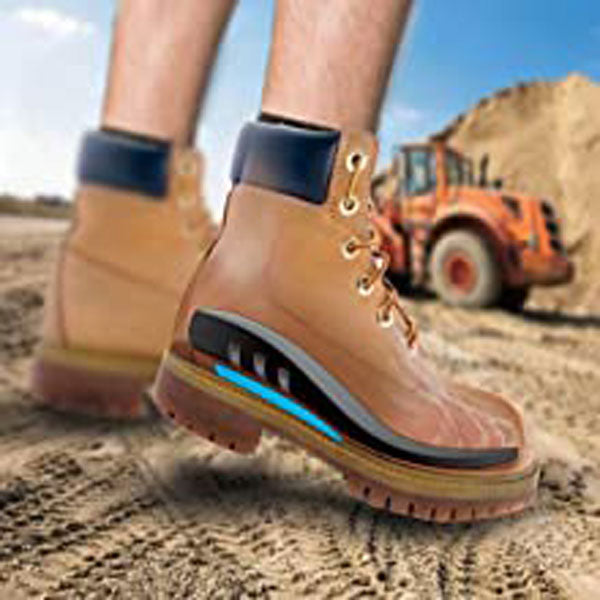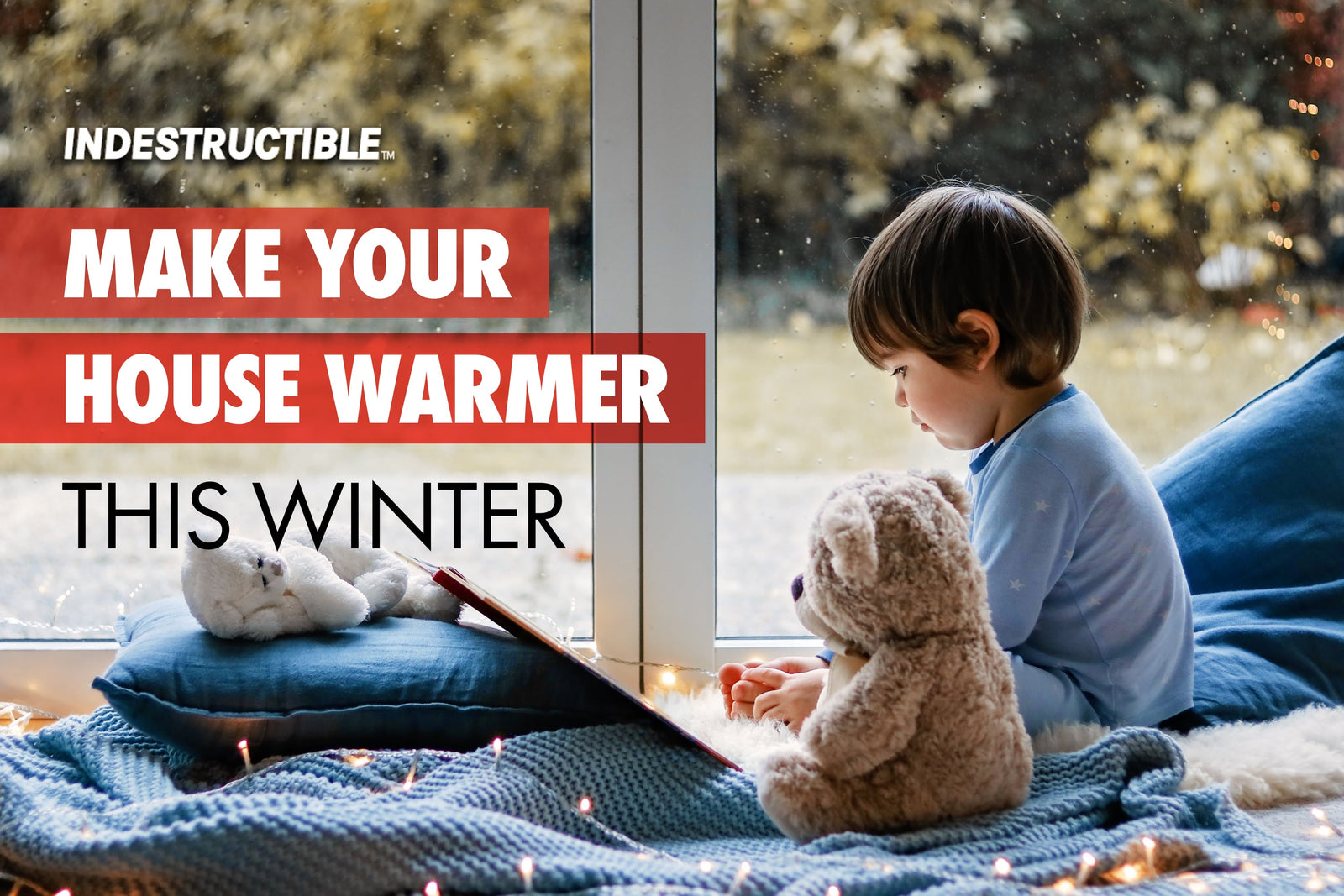Stay Warm at Home While Keeping Energy Costs Down
Many homeowners complain about the winter heating bills, but they don't realize how much they can save on energy costs with just a bit of preparation. Your home HVAC system is something worth considering.
It pays you in cost savings and safety, in the long run, to have your heating system professionally serviced. In addition to regularly changing your filters, hire a professional to inspect your HVAC system.
Make a note of unusual odors, abnormal noises, and leaks in the ductwork before the professional arrives. This will help both of you pinpoint potential issues and get you the best return on your investment.
The more your furnace struggles to operate, the higher your heating bills are going to be. Consider upgrading it if you have an older system.
In addition to making sure you have a reliable heating system in place, here are some other things to consider. Keep warm and create a home your family will love for the whole winter.

The radiator isn’t that ugly.
If you’re using a radiator to heat your room, putting the couch in front of the radiator may seem like a good idea. Who wants guests to see that ugly old thing anyway?
Time to change your thinking about the appliance that keeps your room cozy. Let it out to breathe and do its job properly.
That couch is keeping your room from warming up as fast as it should, costing you more in heating bills. Pull the couch away from the wall and consider a more cost-effective solution.
Hide your radiator without compromising energy efficiency with a radiator cover. They’re available in many different styles to fit into many different decor themes.
Additional tip: Add a free-floating shelf above your radiator if you don’t use a radiator cover. The shelf will keep the warm air from rising upward too quickly.
Do you have the dampers open?
Some HVAC systems will have dampers to adjust the airflow. They're typically located in the main supply trunks, but some homes have no dampers at all.
If your home is designed for air balancing, your HVAC system may have dampers in every run. Make sure all your dampers are open for areas that are not getting enough heat.
If you still have issues after making sure your dampers are open where they should be, it could be for various other reasons:
- Dirty air filters.
- Blocked air vents.
- Air leaks in your ductwork.
An alternative to handling vents and dampers and creating a comfortable airflow in the home is to install a climate zone system with wireless sensors. The system will direct heated air where it's needed most. The automated system will adjust to maintain a comfortable temperature throughout your house.
Try Duct-Booster Fans.
If your home has forced-air heat, a duct booster fan will increase the flow of warm air through your ducts. A duct booster fan may be the perfect solution for that one room that remains stubbornly hot or cold.
First, eliminate other causes for poor airflow. If you've had your HVAC system inspected and everything seems in order, but one room remains at an even temperature or feels stuffy, then a duct booster fan is a logical solution to the problem.
An inline duct booster fan is usually installed between the blower and the vent, requiring professional installation. It's best to discuss this with your HVAC professional when you have your ducts cleaned or other work done to your HVAC system.
A register fan is a small fan that replaces your wall or floor register. You plug it into the outlet and drop it into the air register. Once your HVAC system starts running, the fan starts up to help push the warm air into the room.
The drawback to the DIY register fan is the noise. For a quieter, more efficient experience, the inline duct booster fan is a better choice.

Adjust your ceiling fans.
In the summertime, your ceiling fans help cool you down by rotating in a counterclockwise direction to create a downdraft. In the winter, set them to run clockwise at a low speed to move warm air down from the ceiling by creating an updraft.
Important: Always use a low speed in winter, or you’ll end up creating a cooling draft instead.
Use appropriate curtains.
Curtains are more than just decor or for maintaining your privacy. They can also help you keep your rooms at a comfortable temperature all year long.
Thermal curtains are practical and effective at helping you maintain warmth during power outages and conserve energy throughout the winter.
A thermal curtain will create a dead-air space between the window and the room. This helps prevent warm air from escaping out your window.
Many thermal curtains come with other benefits, such as noise reduction. If you live in a noisy neighborhood and you're tired of turning up the TV just so you can hear it, you may love this feature.
Do you have a street light right outside your window keeping you awake at night? Some blackout curtains have the ability to insulate heat during the winter months as well as reduce the light coming into your home.
Don't forget to close your curtains at night if you open them to let the sunshine in during the day.
Install Storm Windows
If you have newer windows, you may have storm windows that can stay on year-round. Older windows typically use storm windows that get removed during the summer.
Remembering to put them back in for the winter can help dramatically cut down on your heat loss.
According to the Department of Energy, installing Low-E storm windows can reduce the heat loss from single pane windows by more than 50 percent.
(Low-E stands for Low emissivity. Low emissivity glass has a microscopic transparent, thin coating that reflects heat.)

Further considerations for doors and windows.
A great HVAC system isn't going to help you if your doors and windows aren't winter-ready also. In addition to storm windows, here are more things you need to consider.
Consider replacing doors and windows with:
- Gaps too big to seal.
- Significant warping, sagging, or misalignment.
- Severe structural damage.
Upgrading from single-paned to double-paned windows can add up to some serious energy savings.
Caulk or weatherstrip your doors and windows where there are any drafts. You'll get better results by letting a professional do this job, but many homeowners take the DIY approach.
Are you losing airflow around outlets?
Check your outlets and switches in and around your home.
Outlets on exterior walls can leak cold air into the house. Finding and fixing these leaks can save you a lot on energy costs.
Inside your home, you can locate these leaks with a simple test. On a windy day, use an incense stick and carefully hold it in front of the outlet. If it streams horizontally, this probably means the electrical outlet insulation isn't adequate.
You can insulate electrical outlets in a few different ways:
- Use foam gaskets designed for outlets and switch plates. Follow instructions carefully.
- Seal outlets with caulk or putting, especially useful when there are gaps around the plate.
- Have a professional install more insulation between your walls, which can add up to bigger cost-savings in the long run.
It's also suggested to use child-safety plugs in your outlets when they're not in use. This will help keep additional cold air from leaking into your house.
Consider your dryer vent.
Routinely check your dryer vent on the outside of your home. Keep it clean and make sure it opens and closes as it should.
On the market, you can find outdoor dryer vents specifically designed to keep conditioned air in and insects and rodents out. Conventional dryer vents often result in outside air entering your home or rodents being able to crawl inside when lint builds up.
Shop for energy-efficient dryer vents online for a more positive close when the dryer is not in use. They're easy to install and may save you up to 10% on your energy bills.

Let the dog out.
Doggy doors and mail slots can leak a lot of warm air out and let cold air in. Whenever possible, keep these areas covered by plugging them with a wool blanket.
Block them completely during the winter and make Fido wait for you to open the door to stop heat loss.
Find other leaks in the home.
Gaps and air leaks happen everywhere. Inspect every corner and nook in your home to find them. Seal or caulk these gaps and crevices wherever you find them.
- Check the plumbing under your sinks.
- Check gas pipes where they enter your home.
- Check around your outdoor faucet.
Consider getting a professional home energy audit.
The home energy audit will include a blower door test. In this test, they'll seal your home up tight and then use a special fan to depressurize your house.
The auditor will then measure the forced air through unsealed openings in your house. Using these tests to find previously invisible air leaks has the potential of saving you 5-30% on your energy bill.







